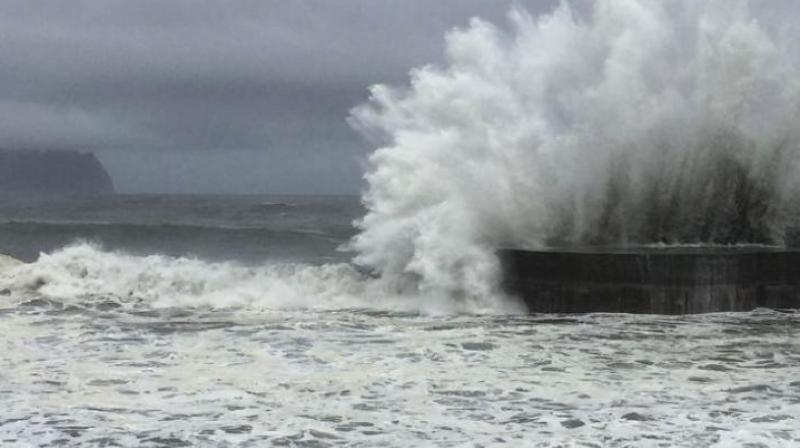So, let's talk green: Chasing the typhoon

The earliest mention of the word typnoon, was in ‘Pintos journey’, first published in 1560, where the word appears in its Portugese form – tufao.
“The word typhoon is a technical word”, wrote Fredrick Hirth in The Journal of the Royal Geographical Society of London in an article titled, ‘The Word Typhoon. Its History and Origin’. “Every sailor who has passed through the straits in the Far East knows what it means, and few whom chance made witness one of those dreadful storms, whether afloat or ashore, will ever forget the details of the event”.
Typhoons are devastation personified. They are a mature tropical cyclone that develops in the western part of the North Pacific Ocean known as the North Western Pacific Basin, and is the most active tropical cyclone basin on Earth, accounting for almost one-third of the world's annual tropical cyclones. One shudders with horror, when we recall the effects of typhoons like Haiyan that tore through the Philippines.
Typhoons will only get bigger and more severe as the world sweats under the effects of global warming, caused by emissions of Co2 and other deadly greenhouse gases, mainly coming from burning of fossil fuels for generating electricity and running other industries. It is rare that we look at a typhoon positively.
But this is exactly what Atsushi Shimizu, a Japanese engineer is doing. Shimizu has developed a wind turbine that can harness the tremendous power of these storms and turn it into useful energy.
Atsushi Shimizu is the inventor of the world’s first typhoon turbine—an extremely durable, eggbeater- shaped device that can not only withstand the awesome forces generated by a typhoon, it can convert all that power into useable energy. Shimizu’s calculations show that a sufficiently large array of his turbines could capture enough energy from a single typhoon to power Japan for 50 years.
Given that Japan is currently dealing with an energy shortage—a problem incited by the 2011 Fukushima disaster—this comes as a very welcome solution. As Shimizu told CNN, “Japan actually has a lot more wind power than it does solar power, it’s just not utilized.” Shimizu is not wrong. Japan has already seen six typhoons this year, and Shimizu, the founder of green tech firm Challenergy, believes that Japan has the potential to become ‘a superpower of wind’.
The typhoon turbine differs from conventional turbines in two important ways. It works on an omnidirectional axis that allows the machine to survive unpredictable wind patterns, and the speed of the blades can be adjusted to ensure they don’t spin out of control during a storm. Tests of a prototype yielded 30 percent efficiency, which is 10 percent lower than propeller-based turbines. The difference, of course, is that Shimizu’s turbines can actually survive a storm.
In 2013, Typhoon Usagi, the most powerful of the year, hit the Honghaiwan Wind Farm in coastal Shanwei City, Guangdong. As it did, it broke off blades of nine wind turbines, causing losses close to US$ 16 million.
According to Windpower Intelligence, Honghaiwan consist of 25 imported Vestas V47 600kW turbines. Considering the damage typhoons can do to regular windmills, Shimzu’s typhoon proof wind turbines are a welcome sight. For now, Atsushi Shimizu has installed a functional prototype near Okinawa earlier this summer, and the next big step is to test the device under high-wind conditions.
The next step – wait for the next big typhoon and pray that Shimzu’s efforts will be worth it.

